UPenn - Robotics 2:Computational Motion Planning - week 4: Artificial Potential Field Methods
Posted ecoflex
tags:
篇首语:本文由小常识网(cha138.com)小编为大家整理,主要介绍了UPenn - Robotics 2:Computational Motion Planning - week 4: Artificial Potential Field Methods相关的知识,希望对你有一定的参考价值。
The basic idea here is to try to construct a smooth function over the extent of the configuration space, which has high values when the robot is near to an obstacle and lower values when it‘s further away.
If we can construct such a function, we can use it‘s gradient to guide the robot to the desired configuration.
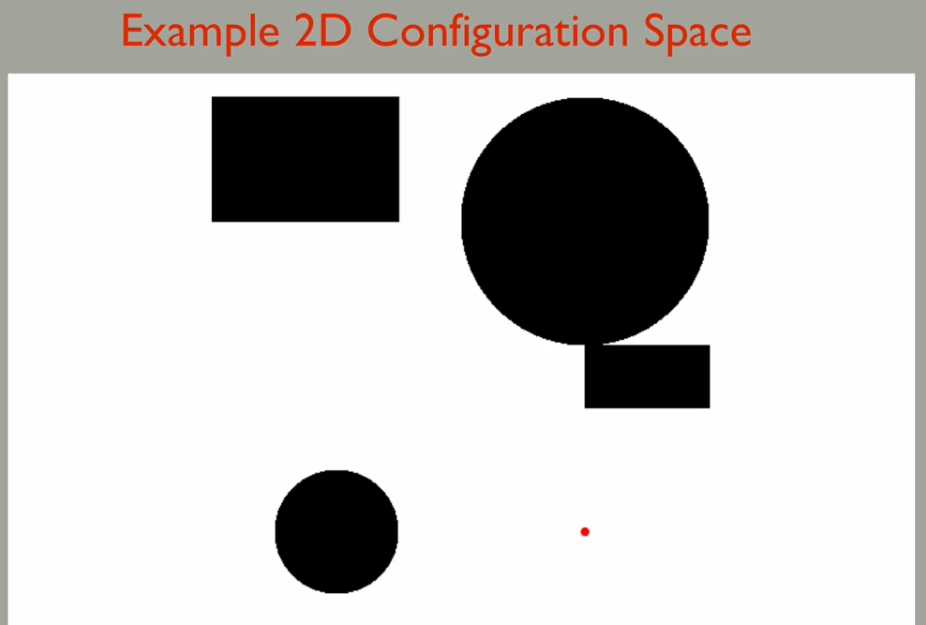
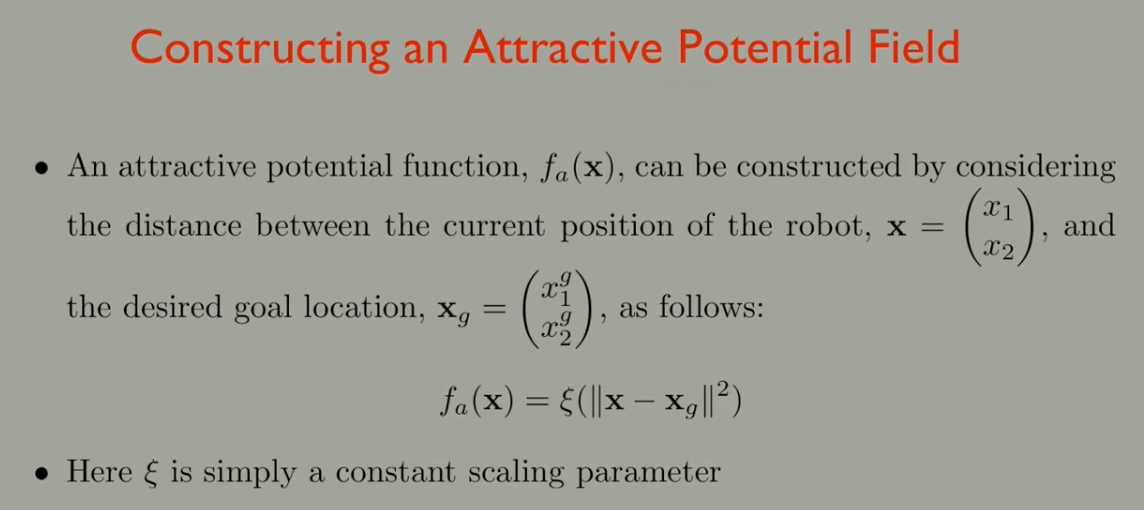
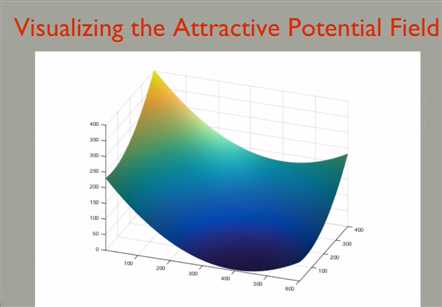 bowl-like shape
bowl-like shape
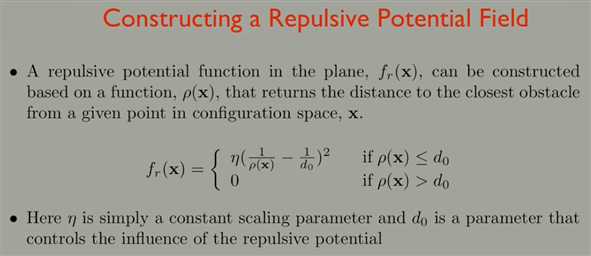
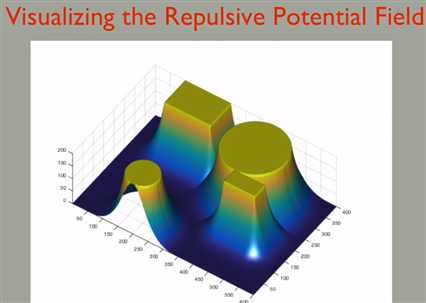
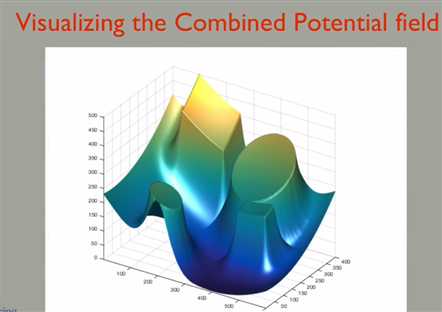
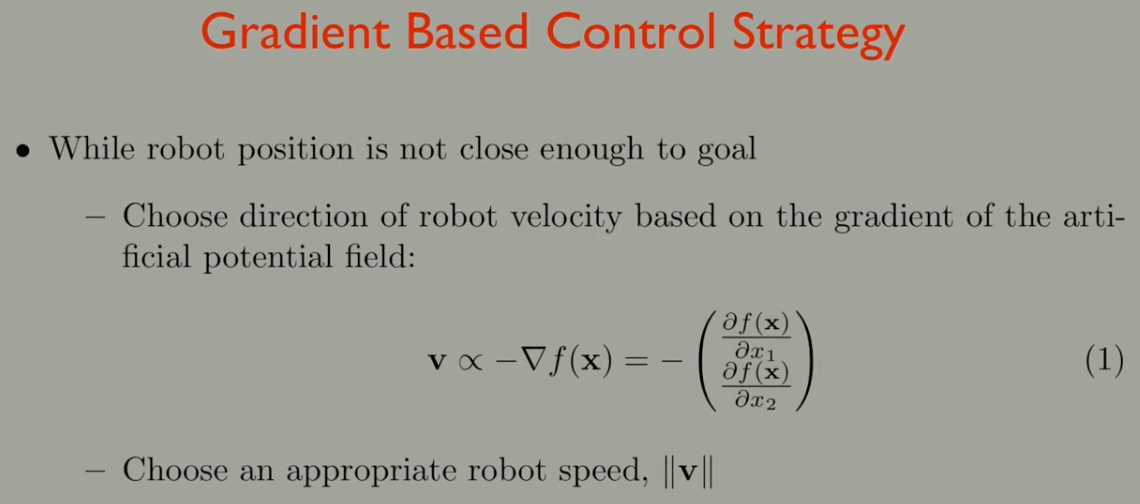
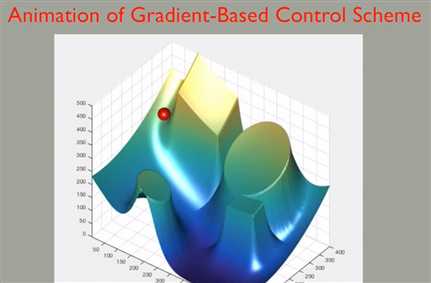
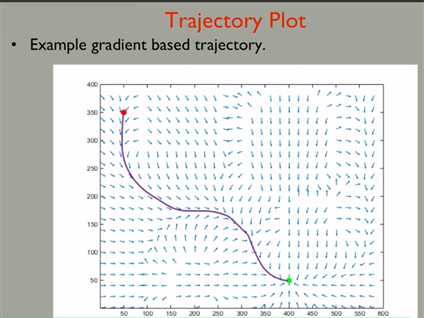
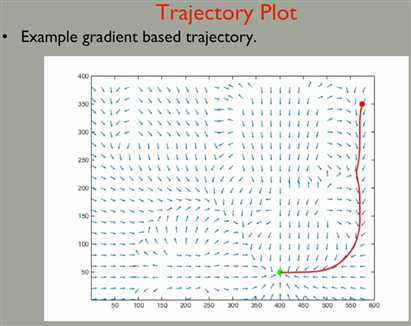
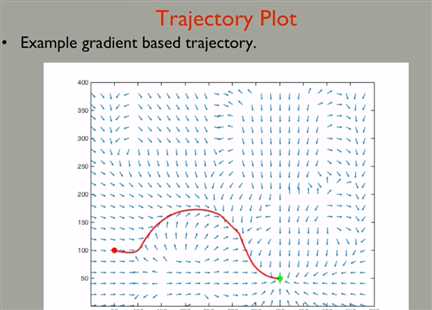
This is sometimes referred to as sensor based planning
laser sensor,...rangefinder
In fact, they can incorporated into real time control schemes, running at tens of hertz using local sensor data
downside is local minima
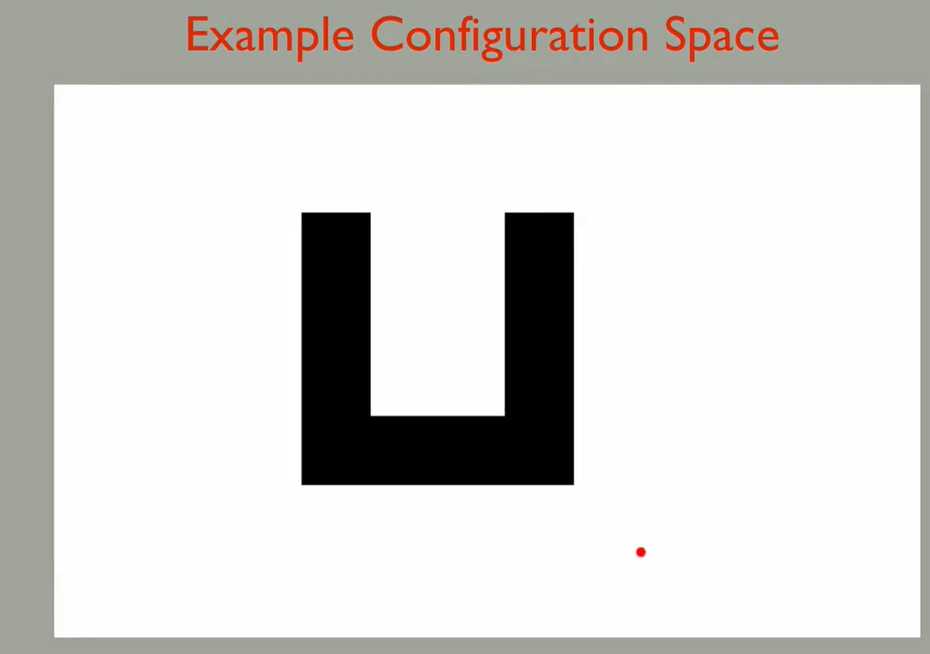
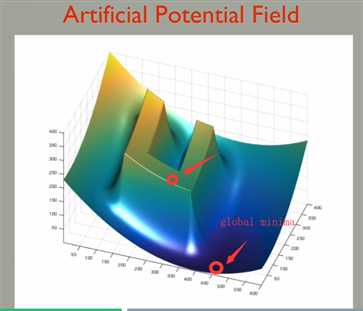
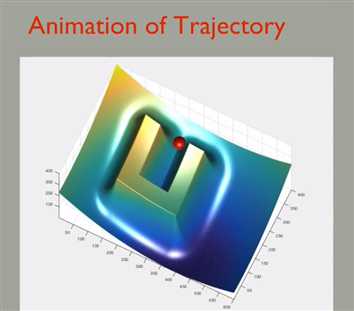
hard to know local minima in advance
One way to view these artificial potential field based schemes is as a useful heuristic.
the use of a back tracking procedure to detect these situation
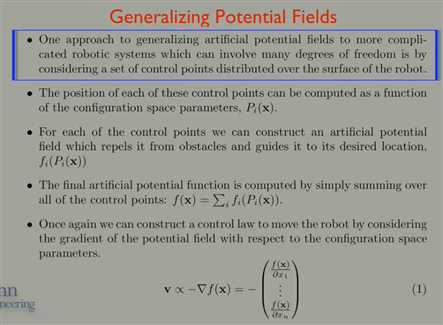
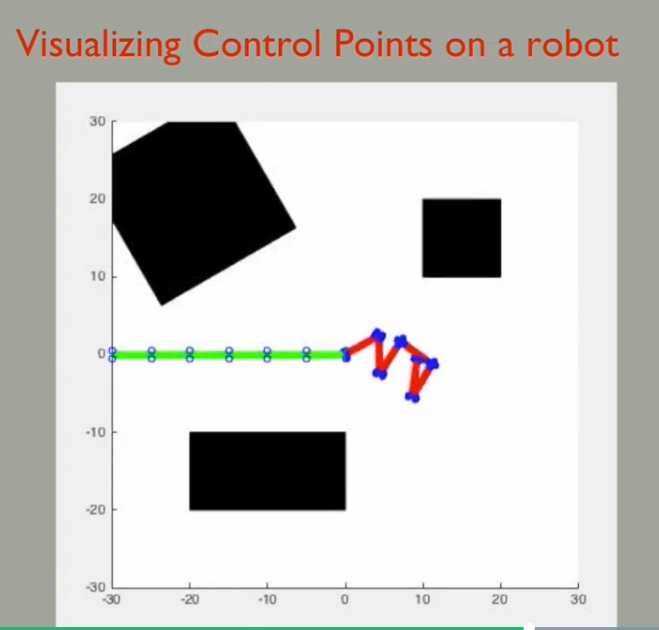
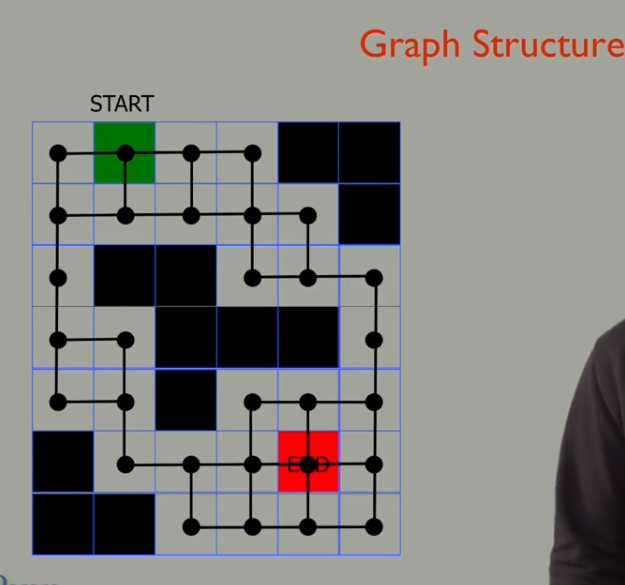
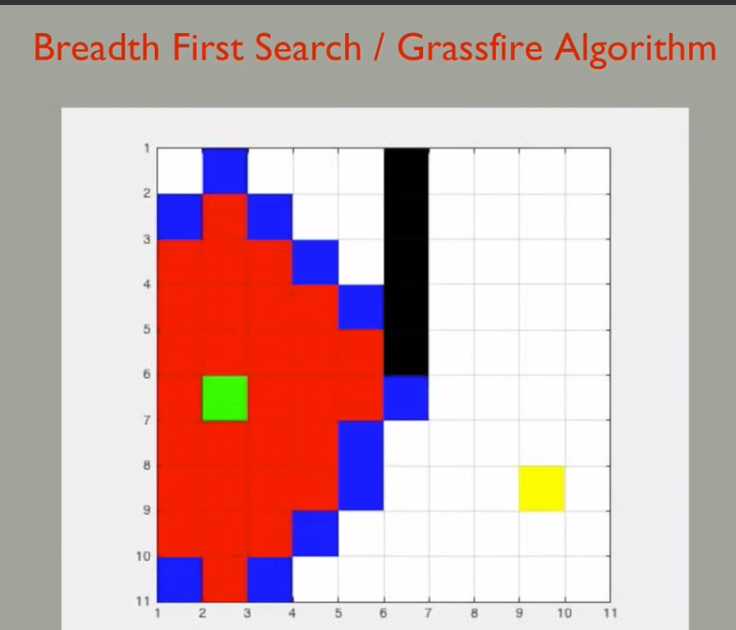
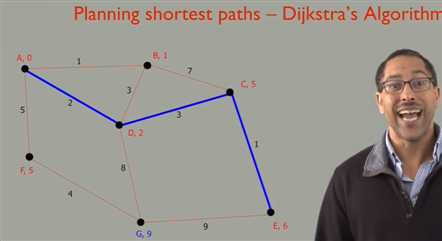
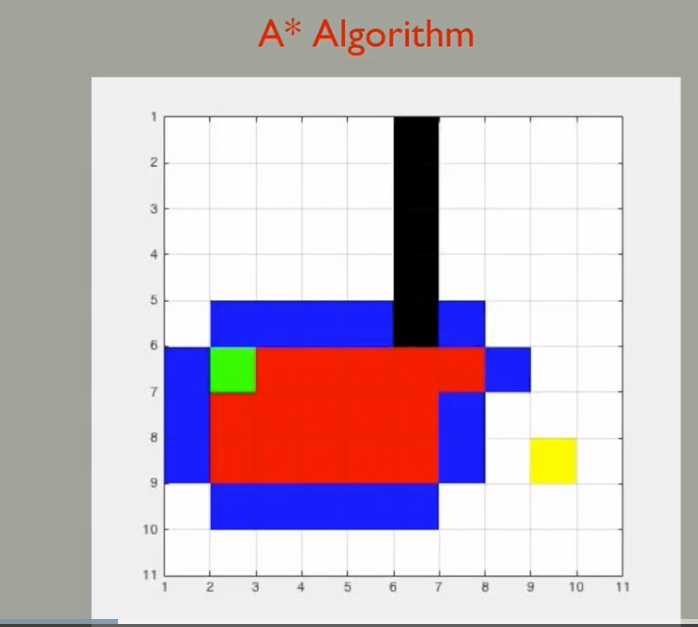
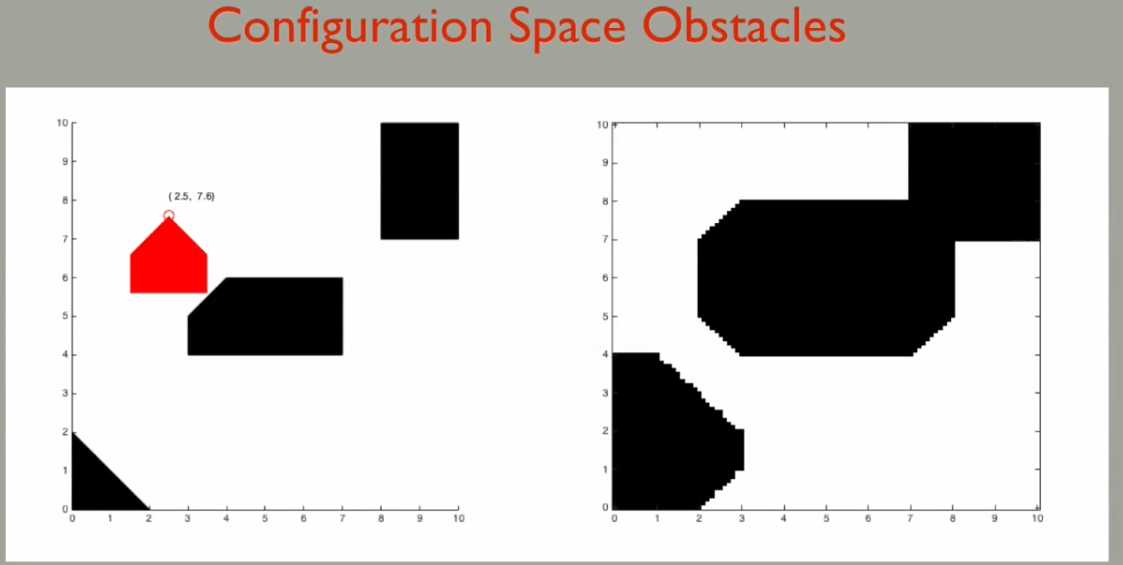
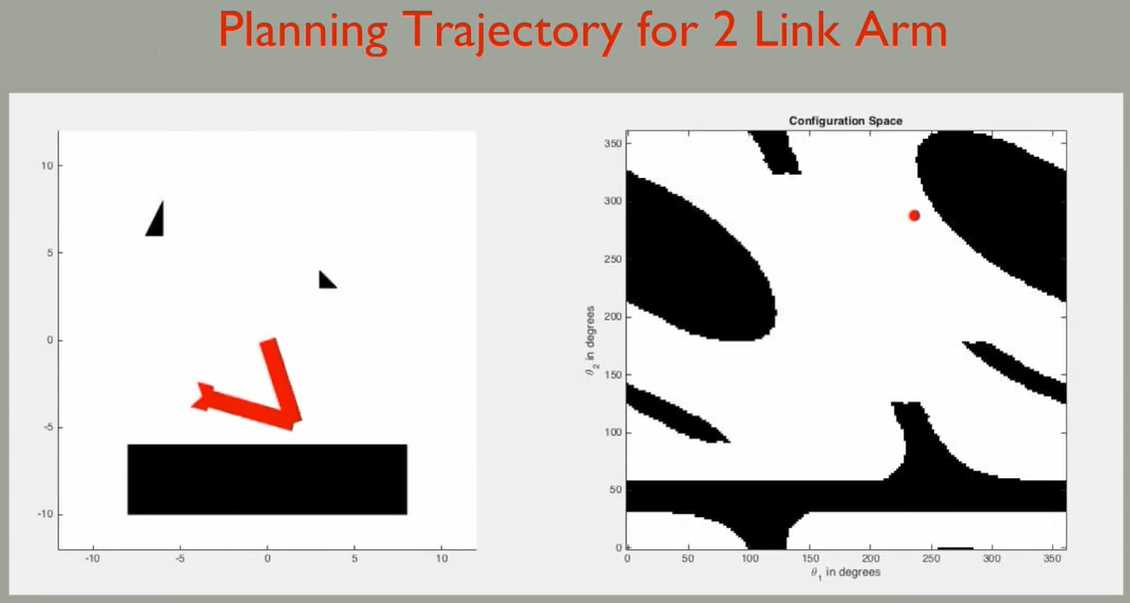
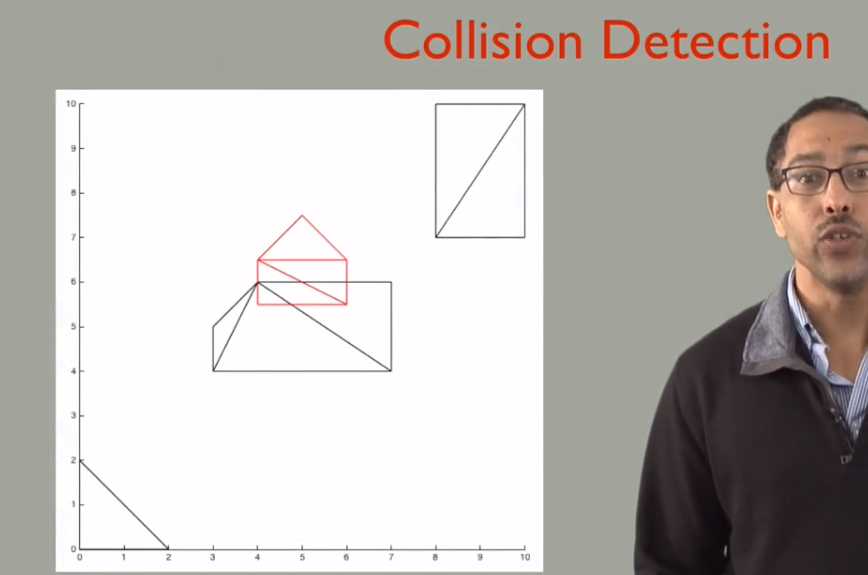
visible graph approach 1
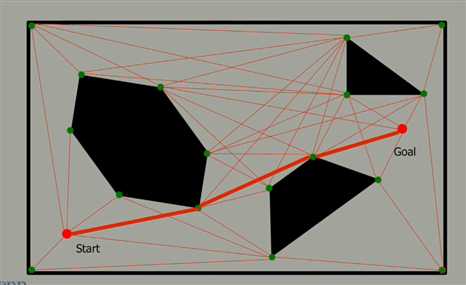
trapezoidal decomposition approach 2
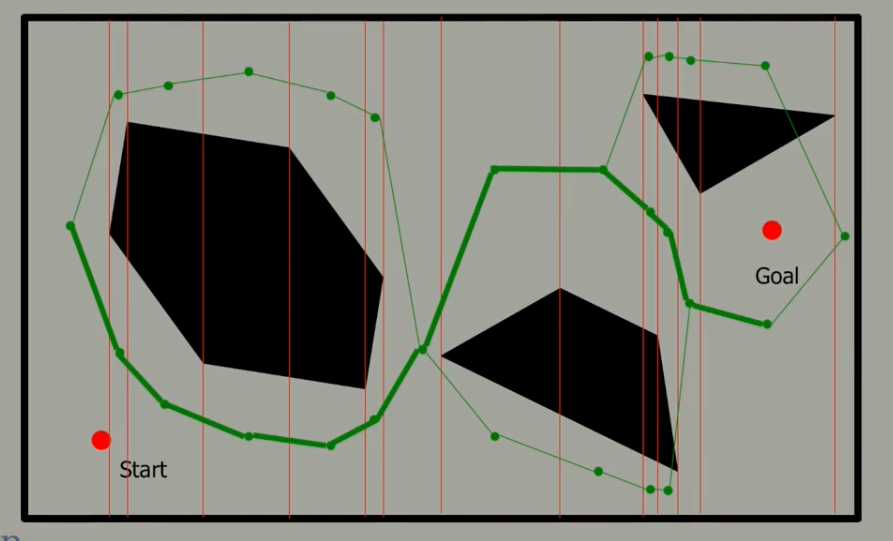
grid based approach 3
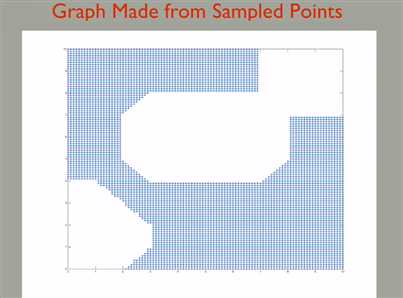
上面: discretize space and use dijkstra
下面:Tree search
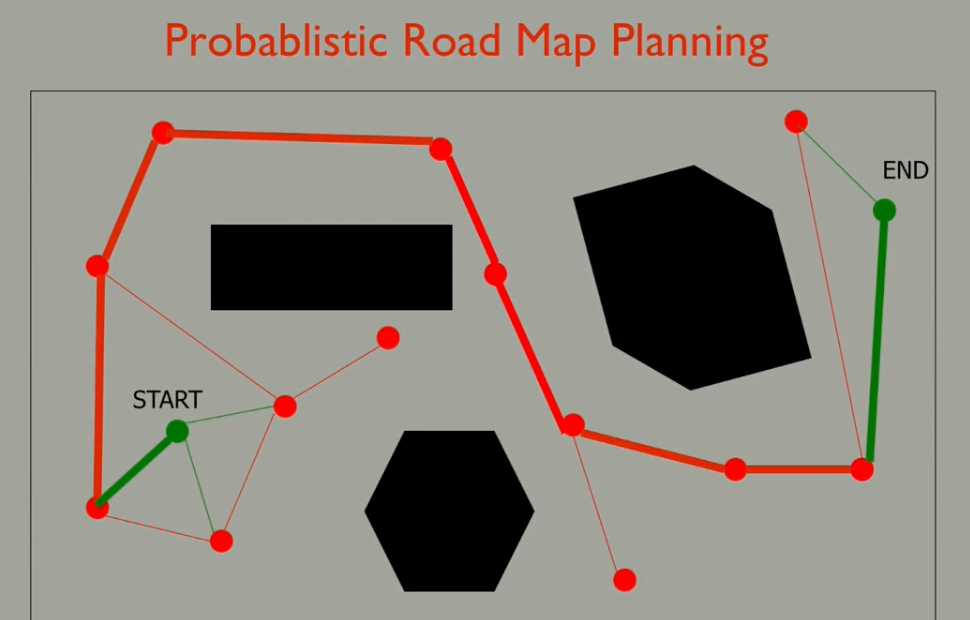
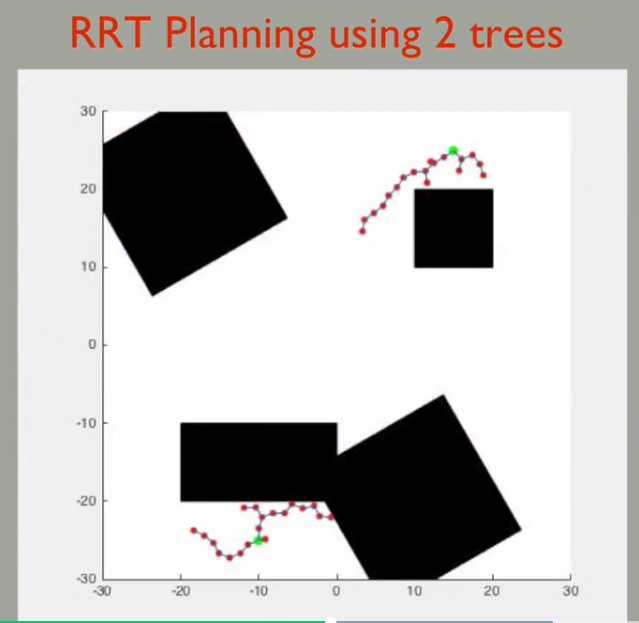
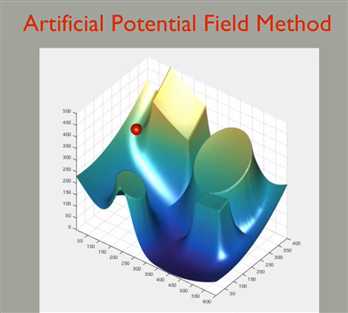
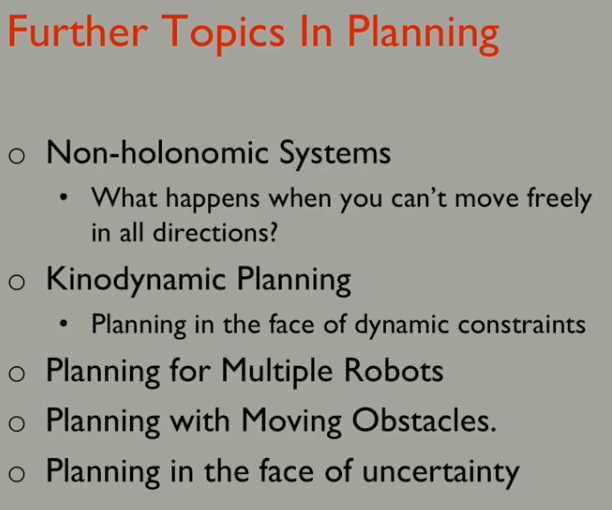
以上是关于UPenn - Robotics 2:Computational Motion Planning - week 4: Artificial Potential Field Methods的主要内容,如果未能解决你的问题,请参考以下文章